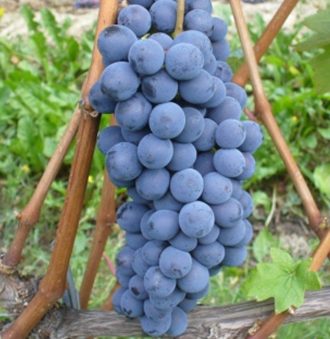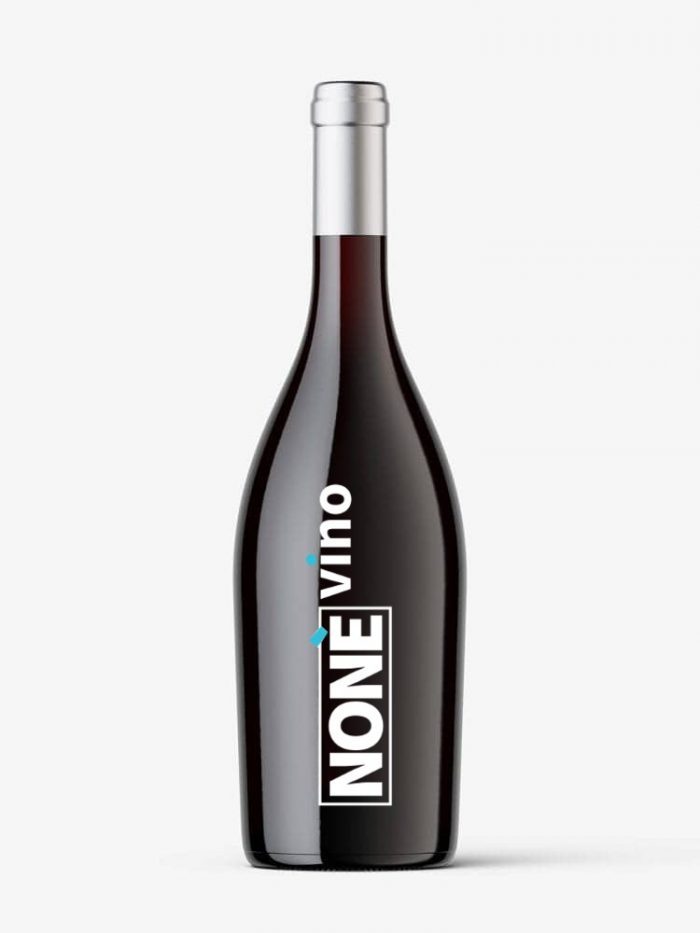Barbera Grape
Black Grape

The black berried Barbera grape is grown in the regions: Abruzzo, Basilicata, Calabria, Campania, Emilia-Romagna, Latium, Liguria, Lombardy, Marche, Molise, Piedmont, Apulia, Sardinia, Sicily, Tuscany, Umbria, Veneto.
The Barbera vine has very ancient origins and the first documents that bear witness to it date back to a few centuries ago. The first formal trace is found in a cadastral document of the municipality of Chieri, near Turin, in 1514. However, the hypothesis dates back to much earlier, perhaps with different names depending on the place, is not far from true and very frequent in the past. For example, the references contained in the Codex Astensis to a grape called “ de bonus vitibus berbexinis ”, which is said to be widespread in Canelli and its surroundings as early as the thirteenth century and perhaps identifiable precisely with the Barbera grape, are frequent.
Barbera, as Professor Dalmasso (one of the most important Italian oenologists of the twentieth century) reminds us, is then mentioned in a letter of 1609, discovered by Doctor Arturo Bersano in the municipal archive of Nizza Monferrato. It appears that in that year special agents were sent to the Contado of Nizza de la Paglia to taste the wine from these vineyards, and in particular the Barbera wine for the service of SA Serenissima and to pay it at the right price. This means that the fame of the Barbera wine produced in the Asti area had reached the ducal court of Mantua where there was no shortage of opportunities to feast and to appreciate the best wines of Italy.
At the end of the eighteenth century, in the first treatise on ampelography of Piedmontese vines, it was defined as “a powerful wine, always rather severe, but rich in an exquisite aroma, and a flavor that combines strength with finesse” (On the cultivation of vines, Nuvolone, 1798).At the end of the nineteenth century its historical importance for Piedmontese oenology was therefore attested: “a well-known vine and one of the main bases of the wines of Asti and lower Monferrato, where it is indigenous and has been cultivated for a very long time …” (Ampelography of province of Alessandria, Carlo Leardi and Pier Paolo Demaria, 1875).
Much has changed in the last few centuries, also thanks to prestigious wine labels that have revolutionized the perception and image of Barbera on the domestic and international market.
Characteristics of the wine
Used exclusively for winemaking, Barbera shows excellent properties both when worked alone and when combined with other varieties. If alone, it has a ruby red color, it is rich in aromas with hints of red fruit, undergrowth and spices, while in the mouth it reveals a dry, austere taste, supported by evident acidity. When paired, it brings alcohol, acidity and often color to the associated varieties.




